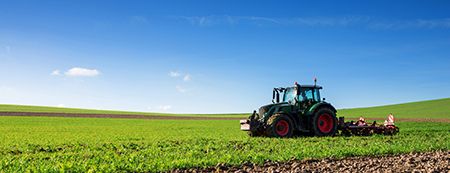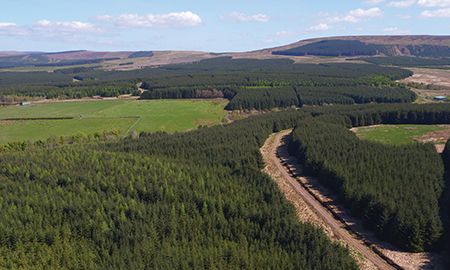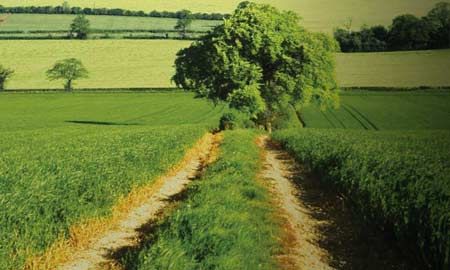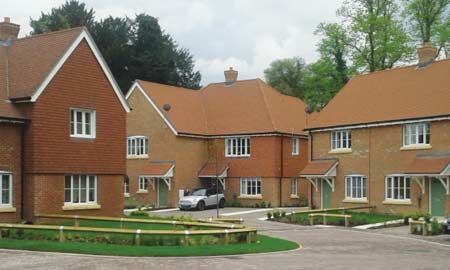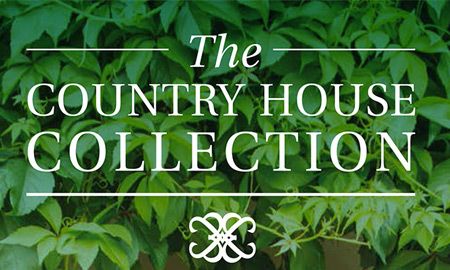
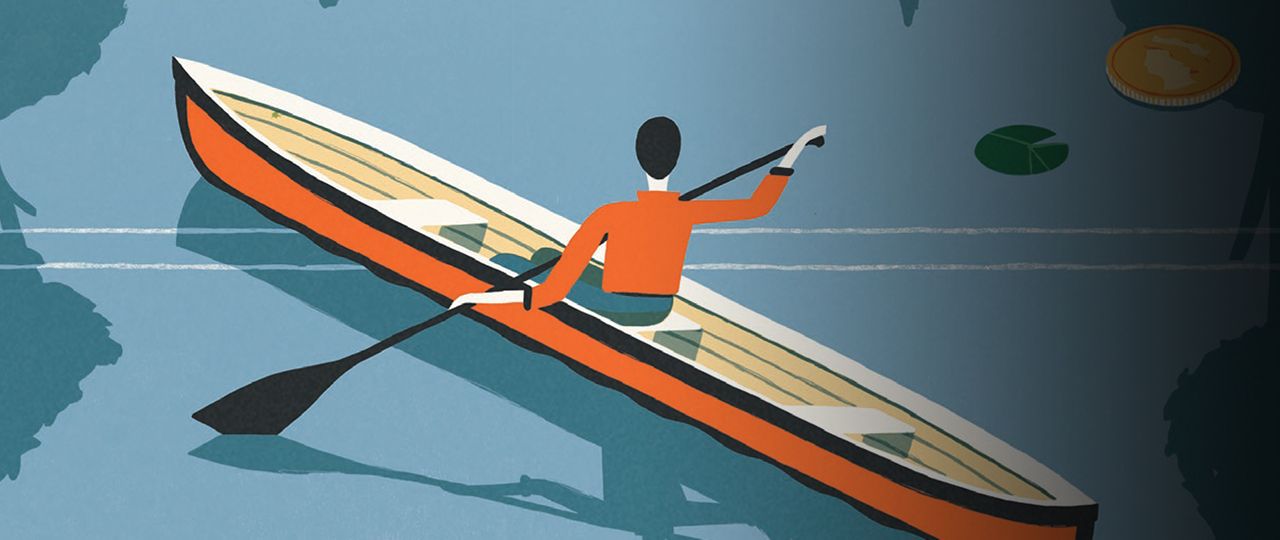
Natural capital is an alternative way of valuing environmental assets that is growing in popularity and offers exciting new opportunities for rural businesses and landowners.

The government has made a commitment that the current generation will be the first ‘to leave the natural environment of England in a better state than that in which we found it’. An ambitious pledge, but one it believes it can achieve through protecting our natural capital and embracing opportunities to improve it.
But what does ‘natural capital’ actually mean? In short, if you own or manage a natural asset such as woodland, soil or rivers, you have natural capital. This then gives you control over the different benefits that the natural capital produces, such as water and air quality, energy generation, food production and construction materials. These are vital for society, so it stands to reason that the individuals who are responsible for safeguarding these essential services should be reimbursed in some way.
Natural capital has been taken for granted in the past, but as policymakers place more emphasis on protecting natural assets and ensuring they will provide benefits in the future, this looks set to change.
James Farrell, Head of Rural Consultancy at Strutt & Parker, believes this will be a significant opportunity for farmers and landowners.
‘There has been talk about natural capital for about 10 years, but there was a feeling that we were constrained in the UK because of the Common Agricultural Policy,’ he says. ‘The main reason that it’s being discussed more at the moment is Brexit. Now that we have actually got to think for ourselves about what our future agricultural, land and environmental policies might look like, we have a lot more opportunities.’
Once the UK has left the EU, it looks likely that farmers will receive less support for food production. This, Farrell believes, will present an opportunity for them to be paid for producing something else.
‘Farmers may not like it, but there is now overwhelming evidence that the way we farm is not sustainable environmentally,’ he says. ‘Pollution is still increasing while biodiversity is decreasing. We are one of the richest nations in the world and we are still struggling every year with people being flooded out of their homes. One of the causes of that flooding is the use of farmland. Whether government support is through regulation, grants or loans, we will hopefully get a farming system that increases productivity and profitability, but in a more sustainable way.’
Getting on board now with the concept of natural capital will help landowners take advantage of new opportunities when they arise. Indeed, the Natural Capital Committee – established in 2012 to advise the government on how best to achieve its 25 Year Environment Plan (due to be published in 2018) – said in its latest report that it is time to move from ‘aspiration to practical implementation’.
Despite acknowledging the challenges of fulfilling the government’s commitment to leave the environment in an improved state, its chairman, Professor Dieter Helm, is confident that it can be achieved.
‘The next two years will determine whether observed declines in natural capital are being reversed and whether the great benefits from enhancing our natural capital to people and businesses are realised,’ he says. These range from accessible landscapes and biodiversity to education and tourism.
The potential for businesses to derive a profit from the natural environment is significant – the most familiar example being agri-environment schemes, which provide payments for natural capital to be managed in a set way. However, there will also be opportunities, for instance the creation of new markets that pay a premium for crops produced to a ‘conservation grade’.
The number of different revenue streams that natural capital is capable of delivering should not be underestimated. A recent presentation by the CLA demonstrated that one piece of relatively unkempt woodland was able to provide as many as 27 different ecosystem services.
In terms of ‘provisioning’, or what the woodland produces, there are valuable outputs such as fuel, renewable energy production and soil. The ‘supporting’ aspects, or processes the woodland aids, include soil formation and nutrient cycling.
Natural capital has been taken for granted.
The services the woodland ‘regulates’, or controls, include water and flood regulation, while the ‘cultural’ aspects include noise reduction and recreation.
Professor Helm believes the many benefits are all parts of ‘the great prize’ on offer. ‘To fail to grasp these opportunities is to condemn us to a lower sustainable economic growth rate,’ he says. ‘Enhancing natural capital through the 25 Year Environment Plan makes good practical economic sense.’
james.farrell@struttandparker.com
Read more
This article originally appeared in Strutt & Parker's magazine, Land Business Autumn/Winter 2017. Read the full magazine here.
Publications


